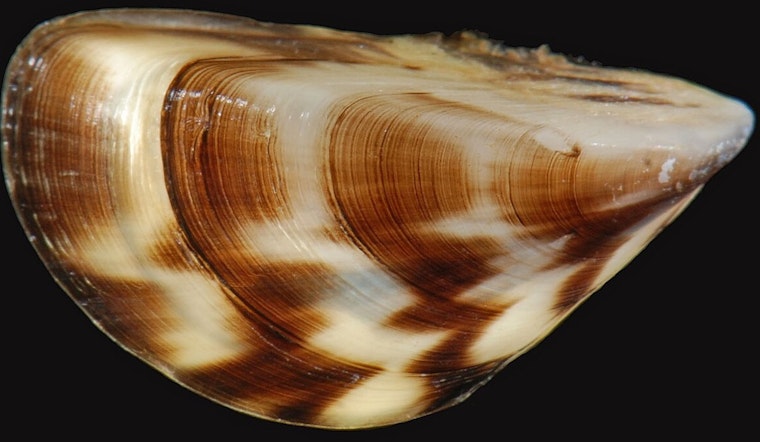Recent research suggests that invasive zebra mussels in Minnesota lakes may increase the amount of mercury in fish captured there. Fish in waters contaminated by the invasive species had much higher mercury levels, according to the study, which was conducted by a team from the University of Minnesota and the U.S. Geological Survey.
This study, which was published in the Science of the Total Environment, found that fish from 21 lakes in Minnesota that contained zebra mussels had far higher mercury levels than fish from other lakes. For instance, according to a statement acquired by the University of Minnesota, walleye in mussel-infested lakes had mercury levels that were 72% higher than those of their counterparts in unaffected lakes. Additionally, walleye of average size tipped the scales, more than doubling the likelihood of surpassing safe mercury standards meant to safeguard human health.
According to the university’s report, walleye in invaded lakes had mercury amounts higher than the Minnesota Department of Health’s standard, but they were smaller—about 14 inches—than those in clean lakes. Additionally, yellow perch from infected lakes showed a startling 157% increase in mercury levels, indicating a 50-fold increased danger of exceeding mercury thresholds that are essential for human health.
The aquatic food web seems to be changing as a result of the involved invading mollusks. Yellow perch and walleye in mussel-affected lakes appear to be shifting their feeding preferences, increasingly using nearshore areas. “We were surprised to find such a large effect of zebra mussels in fish tissue mercury concentrations,” Gretchen Hansen, an associate professor in the Department of Fisheries, Wildlife and Conservation Biology, told the university’s newspaper.
Hansen emphasized the need to carefully assess mercury levels in fish taken from these lakes infested by zebra mussels, but he insisted that these findings do not imply the fish are now unsafe to eat. Among other donors, the Minnesota Environment and Natural Resources Trust Fund provided financing for the study. Building models that can predict and eventually lessen the impact of zebra mussels on regional ecosystems is the team’s goal as it looks to do more research.
Finding practical ways to stop the growth and impact of undesirable aquatic species is the main goal of the Minnesota Aquatic Invasive Species Research Center, which frames the possible effects of such biological incursions on the environment and public health. Its partnership with the College of Food, Agricultural and Natural Resource Sciences at the university highlights a common dedication to using science to solve these urgent environmental issues.
Note: Every piece of content is rigorously reviewed by our team of experienced writers and editors to ensure its accuracy. Our writers use credible sources and adhere to strict fact-checking protocols to verify all claims and data before publication. If an error is identified, we promptly correct it and strive for transparency in all updates, feel free to reach out to us via email. We appreciate your trust and support!



Leave a Reply